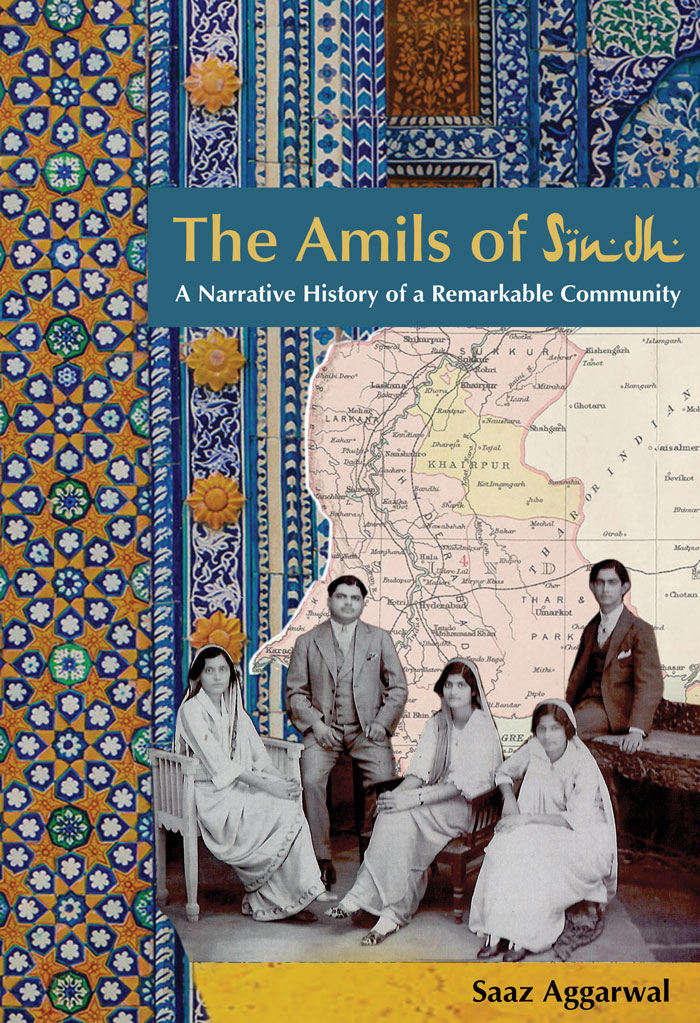The government officers of the Mughal Empire were called Amils. Some were honoured with the title Diwan.
These words, said to be of Persian origin, may have been used uniformly by earlier Islamic rulers. In Persian, ‘amal’ means ‘to administer’ with an implicit assumption that one who does so is conscientious, diligent and reliable.
An early record of the word Amil appears in chronicles of the mid-15th century: when Ahmed Shah, a ruler of the Muzaffarid dynasty, who reigned over the Gujarat Sultanate c1411-c1442, quelled his twelve-year spree of expansion and set about consolidating his empire, he “appointed amils, that is sub-divisional revenue officers”.
The Amils of Sindh emerged in the mid-1700s. While they capably donned the mantle of ‘amal’ it was with a strong consciousness that progress could only be achieved through ‘ilm’ or ‘education’ and this became, and continues to be, an essential component of their character.
Lines of Depth & Beauty
The Amils of Sindh
Origin of the word Amil
1. The origin of the Amils
Migrants entered Sindh from neighbouring provinces. After the initial period of struggle, they took to education and began working in the courts of the indigenous princes of Sindh, first the Kalhoras and then the Talpurs. This section provides information about why they began to be called Amils, and descriptions which evoke the environment in which the community came to be formed.
Lorem ipsum dolor sit amet, consectetur adipiscing elit. Ut elit tellus, luctus nec ullamcorper mattis, pulvinar dapibus leo.
John DoeCEO
Lorem ipsum dolor sit amet, consectetur adipiscing elit. Ut elit tellus, luctus nec ullamcorper mattis, pulvinar dapibus leo.
John DoeCEO
Lorem ipsum dolor sit amet, consectetur adipiscing elit. Ut elit tellus, luctus nec ullamcorper mattis, pulvinar dapibus leo.
John DoeCEO
